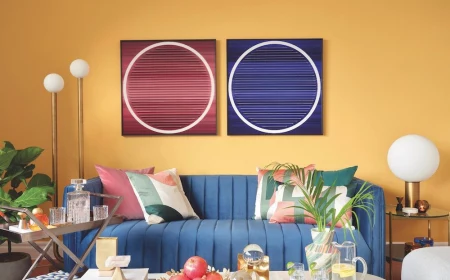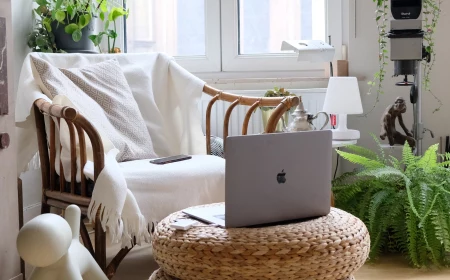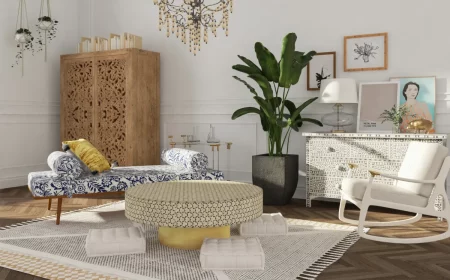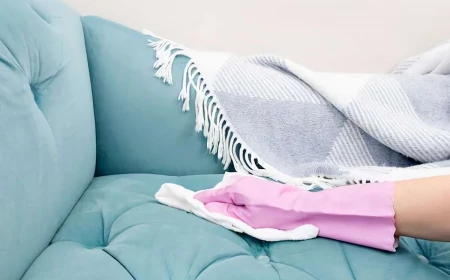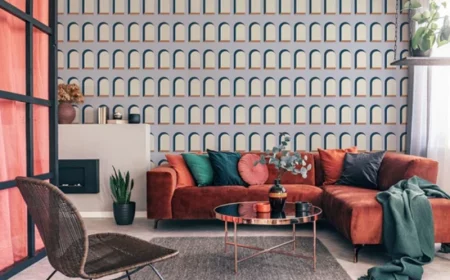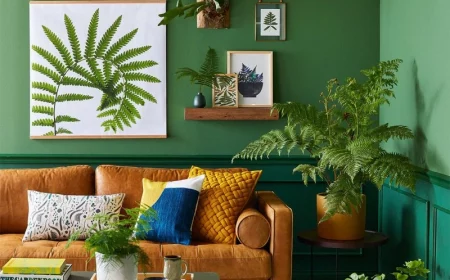How to Buy Living Room Furniture That Actually Lasts (A Pro’s Guide)
After years of helping people with their homes, I’ve seen the same story play out over and over. Someone gets tired of their living room, pulls out a picture of some super-trendy space, and says, “I want that.” And I get it! But my job isn’t to just copy a fleeting look. It’s to help you build a room that feels amazing for years, not just for a season.
In this article
Honestly, the secret isn’t the paint color or the cool throw pillows. It’s the foundational pieces—the big stuff you sit on and use every single day.
Think about it. Your living room is the heart of your home. It’s where you crash after a long day, connect with family, and welcome friends. So, it needs to be comfortable, functional, and built to take a beating. Investing in quality core items saves you so much money and frustration in the long run. It creates a solid backdrop that you can update with small changes as your style evolves. This isn’t about chasing trends; it’s about making smart, lasting choices.

The Anchor of the Room: Your Sofa
Let’s be real: the sofa is the most important piece of furniture you’ll buy for this space. It gets the most use, and it’s the biggest thing in the room. A bad sofa can make the whole space feel cheap and uncomfortable. A great one can anchor your design for a decade or more.
Most people just look at the color and shape. But the pros? We look at what’s inside first. Before you even think about fabric, here’s a quick checklist to keep in your back pocket when you’re shopping:
- The Frame: Is it kiln-dried hardwood? (This is the good stuff).
- The Lift Test: Does it feel solid when you lift one corner, or does it twist?
- The Suspension: Can you feel the support system? We’ll get into what to look for below.
- The Cushions: Is the foam density at least 1.8 lbs? (Check the tag!)
- The Fabric: If it’s fabric, does it have a high durability rating (we call it a Martindale score) of over 25,000 rubs?
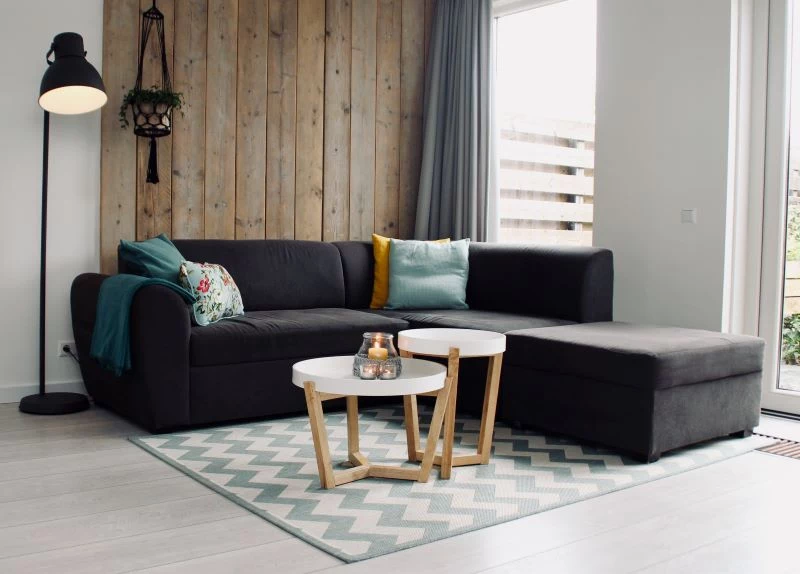
The Skeleton: Frame & Construction
A sofa’s frame is its bones. A weak one will start creaking and sagging in a year or two. The gold standard is a frame made of kiln-dried hardwood like oak or maple. The kiln-drying process removes moisture, which stops the wood from warping over time. You should absolutely avoid frames made from particleboard or soft woods like pine—they just don’t hold up.
Heads up! Here’s a little trick I tell everyone. When you’re in the showroom, don’t be shy. Try to lift one of the front corners of the sofa about six inches off the floor. If the other front leg lifts up almost right away, the frame is stiff and strong. If the whole thing twists and flexes… walk away.
Now, let’s talk about price. A new sofa with a solid, kiln-dried hardwood frame is an investment. You should expect to see these starting in the $3,500 to $5,000 range and going up from there. If that’s not in the budget, a high-quality second-hand sofa from a good brand is often a MUCH better buy than a cheap, brand-new one that will fall apart.
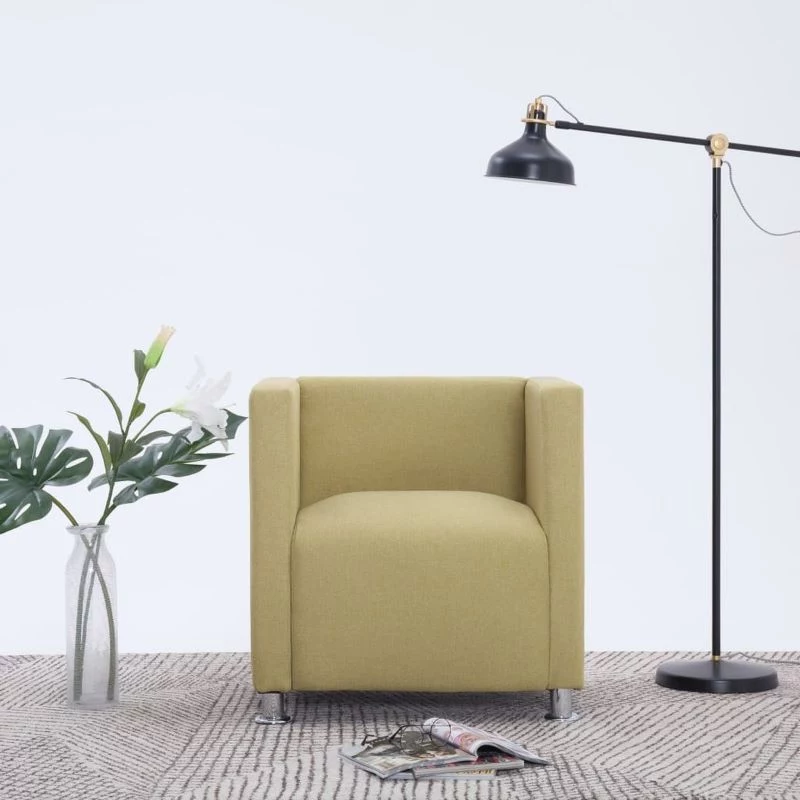
What Holds You Up: Springs vs. Webbing
The support system under the cushions is just as important. The best, most traditional method is called eight-way hand-tied springs. It’s labor-intensive and expensive, but it gives you incredibly even support that can last for 20+ years. It’s the true mark of high-end craftsmanship.
A more common and perfectly solid option is sinuous springs. These are S-shaped wires that run across the frame. This is the workhorse of the sofa world, offering good support for a good price. You can expect a sofa with sinuous springs to hold up well for 5 to 15 years. This is what you’ll find in most mid-range furniture stores like West Elm or Crate & Barrel.
The cheapest option is webbing suspension, which is basically fabric straps stretched across the frame. To be frank, I usually advise people to avoid this. It sags quickly and offers the least support, often failing within just a few years. It’s okay for a chair in a guest room that rarely gets used, but not for your main sofa.
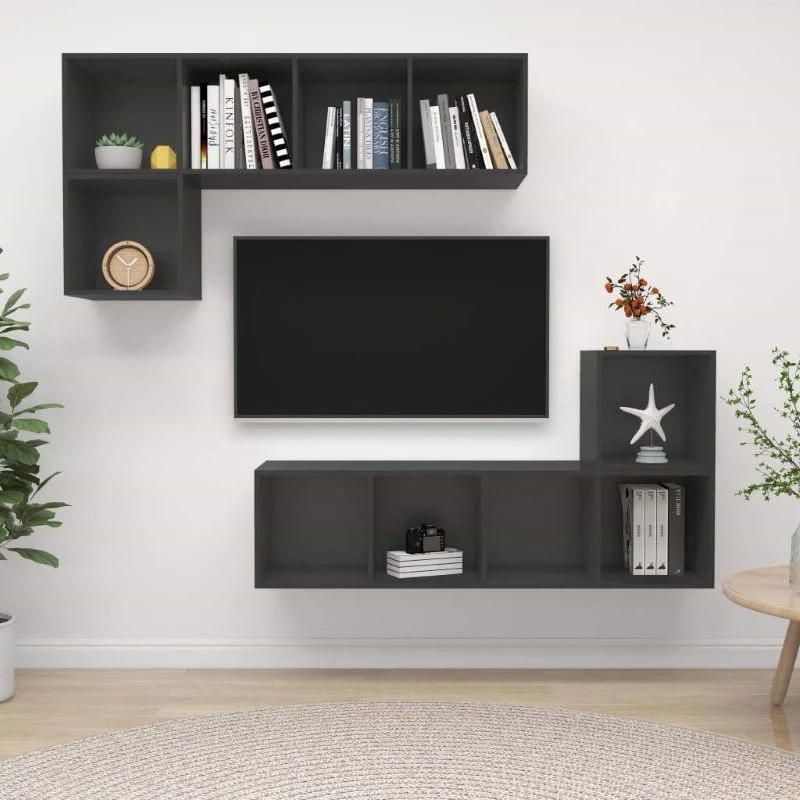
The Final Layer: Fabric That Fits Your Life
Okay, now we can talk about the pretty stuff. The fabric or leather you choose needs to match how you actually live. This is where I see the most expensive mistakes.
If you have kids, pets, or just like to eat on your sofa, look for performance fabrics. These are lifesavers. They’re engineered to resist stains and are a breeze to clean. Ask for brands like Sunbrella or Crypton—they’re amazing. If you’re looking at leather, go for full-grain or top-grain. They’re durable and develop a beautiful, rich look over time. Avoid “bonded leather,” which is basically leather dust mixed with plastic. It will peel and crack, sometimes in less than a year. Trust me on this.
I once had a client with three kids who was dead-set on a gorgeous, light-colored linen sofa. I had to gently explain that it would be a wrinkled, stained mess in about a week. We found a nearly identical look in a high-performance fabric, and she got the style she wanted without the constant anxiety. A good choice should bring you peace, not stress!
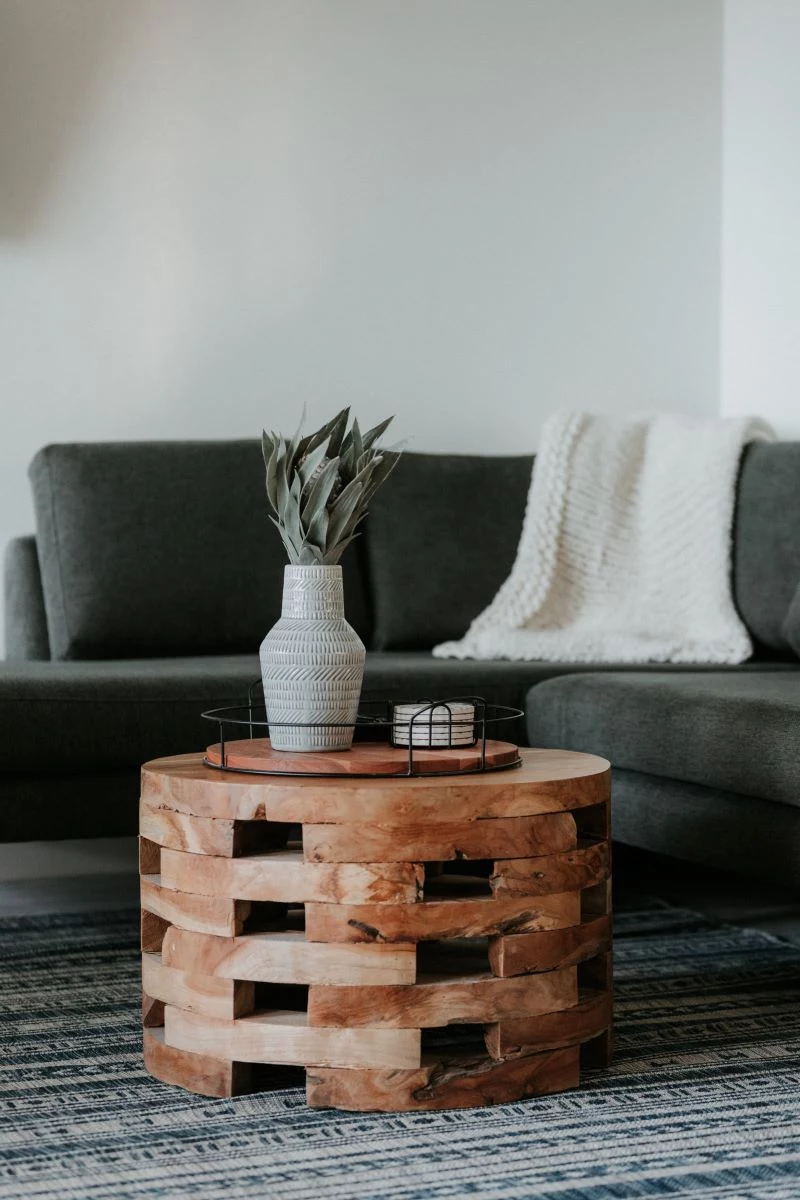
The Supporting Cast: Why You Shouldn’t Buy the ‘Set’
Once the sofa is settled, it’s time for armchairs. The biggest rookie mistake? Buying the matching three-piece set. It can make a room feel totally flat and boring, like you just bought the floor model from a discount store.
An armchair is your chance to inject some personality! If your sofa is a soft, neutral fabric, why not try a classic leather club chair? It adds a different texture and a sense of warmth. Or, if your sofa is a big, blocky shape, consider a chair with an exposed wood or metal frame to create a lighter, more open feeling. The contrast is what makes a room interesting.
The Center of It All: Coffee Tables & Media Units
The surfaces in your living room are the real workhorses. From my experience, the most common mistake with coffee tables is choosing one that’s way too small. I once saw a room with a beautiful, large sectional and this tiny little coffee table that looked like a postage stamp floating in the middle of the ocean. It threw the whole room off balance.
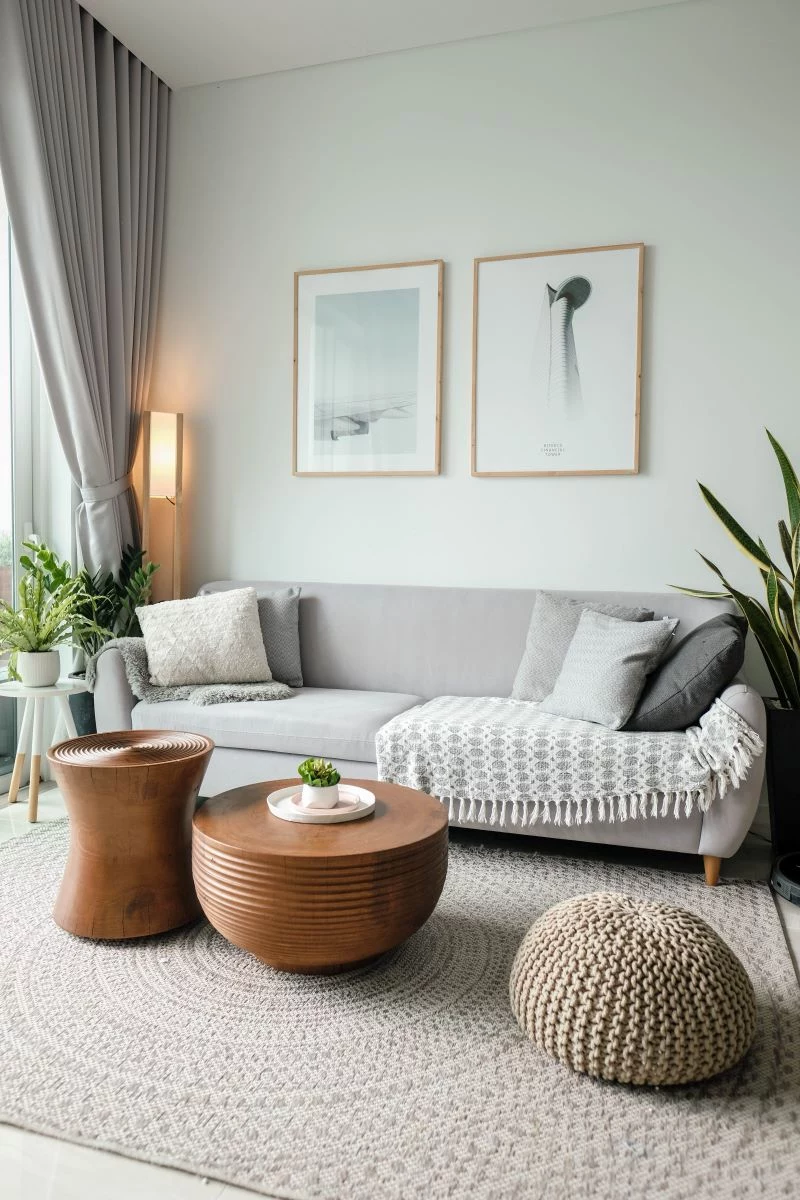
A good rule of thumb: your coffee table should be about two-thirds the length of your sofa. The height should be about the same as your sofa cushions, maybe an inch or two lower. This makes it look balanced and easy to reach. As for materials, solid wood is always a great bet (you can find good ones for around $300-$800), but if you have little kids, please avoid sharp corners on glass or stone tables. A round table or even a large upholstered ottoman is a much safer, and cozier, bet.
For your media unit, two things are non-negotiable: ventilation and cable management. Your electronics get hot, and if they’re trapped in a cabinet with no airflow, they will die an early death. Look for units with slats or holes in the back. And for renters who can’t do a custom built-in, modular units are fantastic because you can configure them to your space and take them with you when you move.
The Final Layers That Make It Feel Like Home
With the big furniture in place, lighting and textiles are what create the mood. They’re the easiest things to change, but they have a huge impact.
First, lighting. A single, harsh overhead light is a room-killer. You need layers. But here’s a super quick win you can do today…
Try This Tonight: Go look at the lightbulbs in your living room lamps. On the package (or sometimes the bulb itself), find the color temperature, measured in Kelvins (K). For that warm, cozy, high-end hotel vibe, you want bulbs between 2700K and 3000K. Anything higher will feel sterile and cold. Swapping your bulbs is a $20 fix that will make your space feel instantly more inviting.
And when it comes to textiles, the right rug is crucial. It should be big enough to anchor your seating area. At a bare minimum, the front two legs of your sofa and armchairs should be on the rug. Wool is a fantastic, durable choice (expect to pay $500-$2,000 for a good 8×10), while synthetics are more budget-friendly and great for high-traffic homes.
A Room That Grows With You
Look, creating a living room you truly love is a marathon, not a sprint. It’s not about buying everything at once. It’s about slowly collecting high-quality, functional pieces that serve you well. A well-made sofa, a solid wood table, a comfortable armchair—these are your real investments.
Be patient with it. A room that’s assembled over time tells a story. It reflects your life. By focusing on quality and function first, you can build a living room that will feel like home for a very, very long time.
Inspirational Gallery
The average American family replaces their sofa every 7 to 15 years, but a high-quality piece can last much longer.
This statistic highlights the crucial difference between a purchase and an investment. While a trendy, inexpensive sofa might seem appealing, its shorter lifespan often means a higher cost over time. Investing in a sofa with a robust frame and durable fabric, like those from brands such as Article or Room & Board, means you’re not just buying a seat, but a cornerstone for your living room for decades to come.
Love the look of a light-colored sofa but terrified of spills and stains?
You’re not alone. The solution lies in modern textile technology. Ask for “performance fabrics” when you shop. Materials from brands like Crypton or Sunbrella have stain- and water-resistance engineered directly into the fibers, not just sprayed on top. This means spills from red wine or coffee bead up on the surface, allowing you to wipe them away clean before they can set. It’s the secret to getting that high-end, elegant look without the high-stress maintenance.
Down-blend Cushions: Offer a luxurious, sink-in feel that’s incredibly soft and comfortable. They require regular fluffing to maintain their shape and loft.
High-Resiliency Foam: Provides a firmer, more supportive seat that springs back into shape immediately. It’s a lower-maintenance option ideal for a clean, tailored look and for those who prefer not to “sink” into their furniture.
Your choice depends on your preference for feel versus maintenance. Many high-end brands like Joybird offer both options.
- It can be reconfigured to fit a new, larger or smaller space if you move.
- A single damaged or stained section can be replaced without buying a whole new sofa.
- You can easily add or remove pieces, like a chaise or an ottoman, as your family’s needs change.
The secret to this adaptability? The modular sofa. Brands like Burrow or Lovesac have built their entire philosophy around this versatile concept, offering a truly long-term solution that evolves with your life.
Beyond the sofa, the coffee table is the next critical choice for defining your living space. To get the proportions right, follow two key guidelines from designers:
- Scale: Your coffee table should be approximately two-thirds the length of your sofa. This prevents it from looking dwarfed or overwhelmingly large.
- Height: Aim for a height that is equal to or just a few inches lower than your sofa’s seat cushions. This ensures easy access without being awkward.
A crucial detail: Don’t forget the ‘seat depth’ measurement. A deep sofa (around 40 inches or more) is perfect for lounging, curling up with a book, and creating a relaxed, informal vibe. A shallower sofa (typically under 36 inches) encourages a more upright posture, making it ideal for formal living rooms or for people who find it difficult to get up from deep-seated furniture. Test both styles in-store to see what truly feels comfortable for you.
Look for the FSC label. A frame made with Forest Stewardship Council (FSC) certified wood guarantees that the timber was harvested from forests that are responsibly managed, socially beneficial, and environmentally conscious.
True full-grain or top-grain leather is one of the few upholstery materials that gets better with age. Instead of wearing out, it develops a rich, soft surface known as a patina over years of use. Each mark and crease tells a story, adding character that can’t be replicated. Avoid “bonded leather,” which is a composite material that tends to peel and crack within just a few years. An authentic leather piece is a true heirloom in the making.

